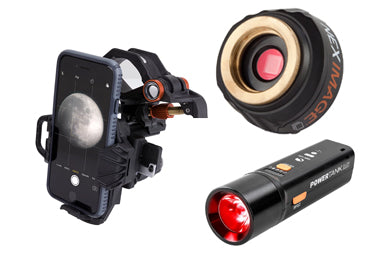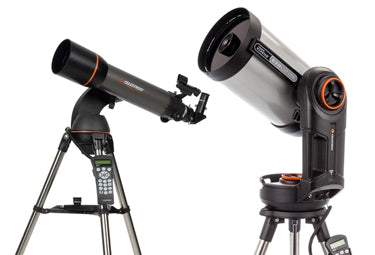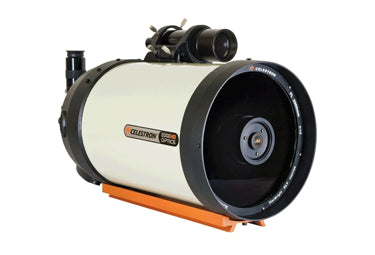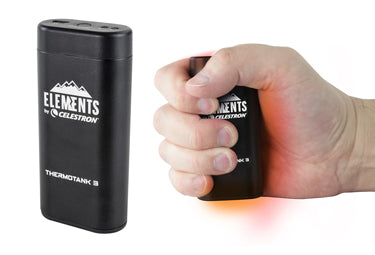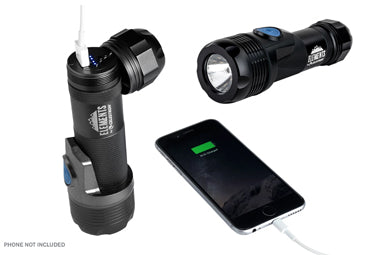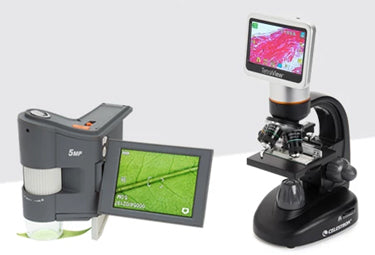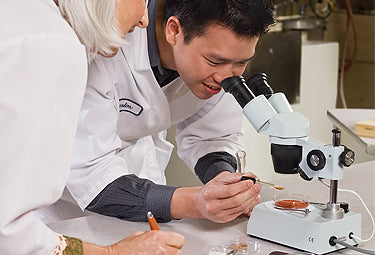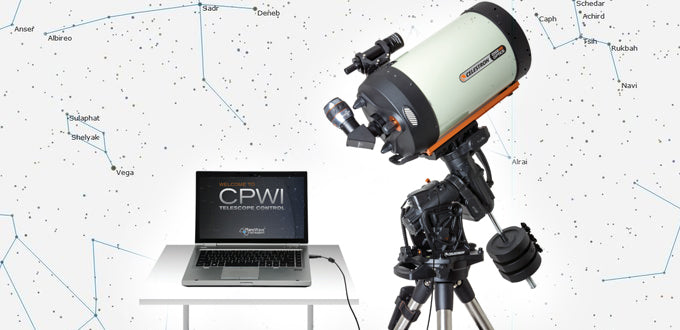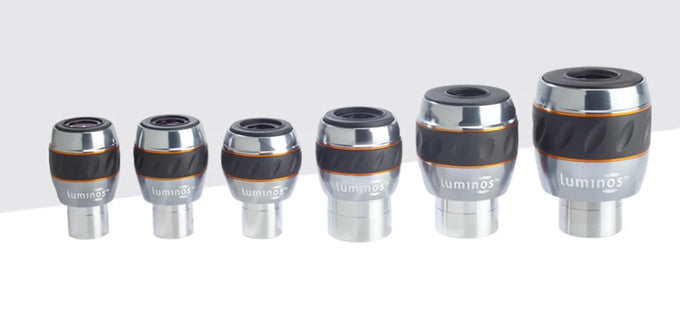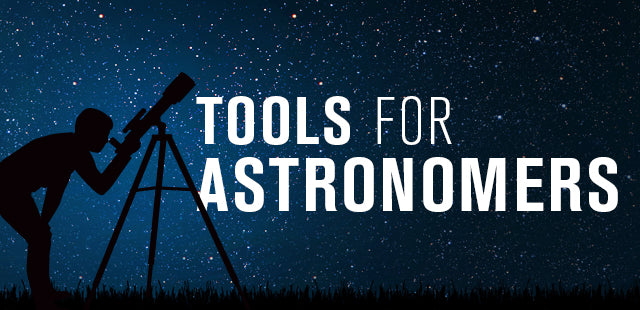Setting the Diopter Compensation Adjustment Dial on a Binocular
October 13, 2021
By: John E. Riutta, Product Development Manager for Binoculars, Spotting Scopes, Microscopes, and Elements electronics
Diopter is a measure of a lens's optical power, which is determined by its focal length. Diopter is widely used for eyeglass lens prescriptions where it is defined as the inverse focal length of the lens in meters. A higher diopter indicates a lens that has a stronger level of magnification. Negative diopter values indicate a weakening of the magnification seen through the lens.
Even in people with 20/20 vision, the visual acuity of each eye may still be slightly different from the other. Often this difference isn’t noticeable, as the brain’s fusion of sight from each eye compensates for slight differences. However when using a binocular, the magnification of the instrument’s optical system exaggerates any differences, causing them to be more noticeable to the person using it and potentially resulting in eye strain after a period of time. If you are using a binocular and find yourself developing a headache, that may be an indication that you need to adjust the diopter compensation mechanism of the binocular.
Most modern prism (Roof or Porro) binoculars have an adjustment dial (usually as a part of or just below the right eyepiece). This will commonly be marked with +/-. This is the diopter compensation adjustment dial (often simply called the “diopter”) for the binocular and can be used to adjust for any differences between the viewer’s eyes.
Whenever you first begin using a new binocular, of if you resume using a binocular after someone else has been using it, the diopter compensation adjustment dial should be re-set to ensure that you are receiving the optimal level of optical performance from the binocular for you own visual acuity. Once set, it will not need to be set again unless it is changed by another user, or if the diopter compensation adjustment dial has been unintentionally turned out of its set position.
To set the diopter compensation adjustment for a binocular:
- Set the dial at the zero point by placing the index mark on the focusing eyepiece opposite the zero or middle on the scale.
- Use one of the binocular’s objective lens covers to cover the right objective lens.
- Select a distant stationary object such as a tree or sign as your focusing target. Keeping both eyes open, raise the binocular to your eyes and center the selected focusing target into the binocular’s field of view.
- Still keeping both eyes open while viewing the target, use the center focus dial to bring the target into sharp focus in the left eyepiece. Once this is done, do not adjust the center focus dial again until the end of this process.
- Lower the binocular and move the objective lens cover to cover the left objective lens.
- Still keeping both eyes open, relocate and view the focusing target. This time, use the diopter compensation adjustment dial to bring the target into sharp focus in the right eyepiece.
- Lower the binocular and uncover the left eyepiece. You should now be able to view through both eyepieces and adjust focus using the center focus dial with the proper amount of compensation maintained between your two eyes.
If the diopter compensation adjustment dial ever becomes moved – either intentionally or unintentionally – simply repeat this process to re-set it.
In case you are wondering why you kept both eyes open while making this setting even though you could only see through one optical channel at a time, this is because when you close one eye, your visual acuity in the other eye is slightly changed due to the intricate and complex arrangement of muscles surrounding both eyes. Therefore, be keeping both open, your vision is kept as it would be during normal use of the binocular.

